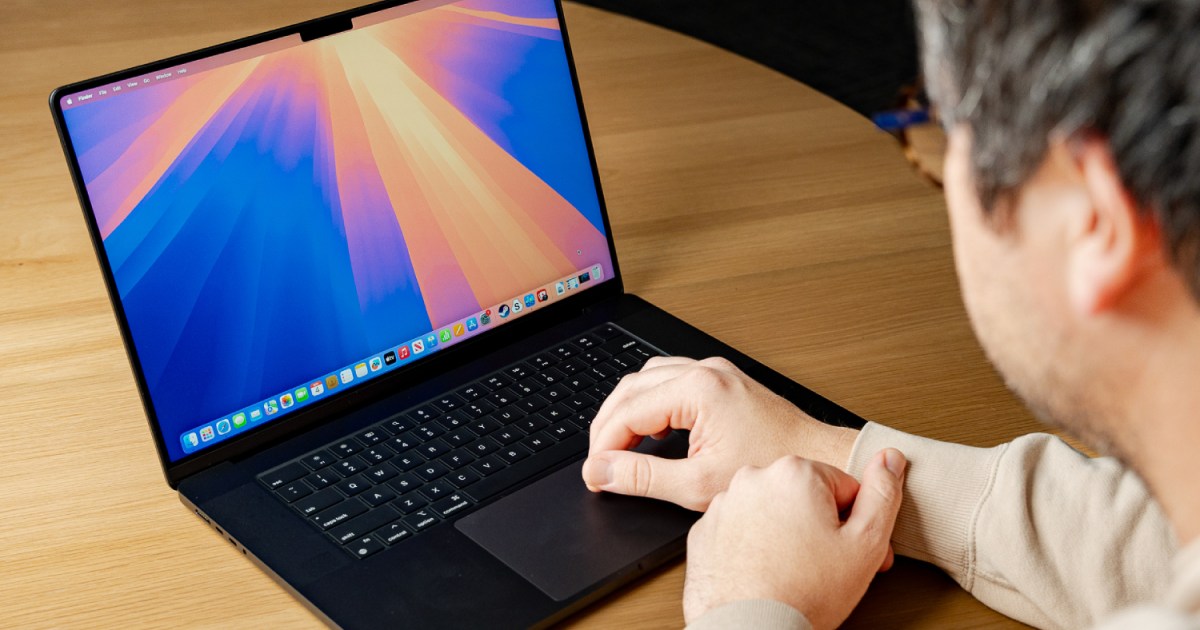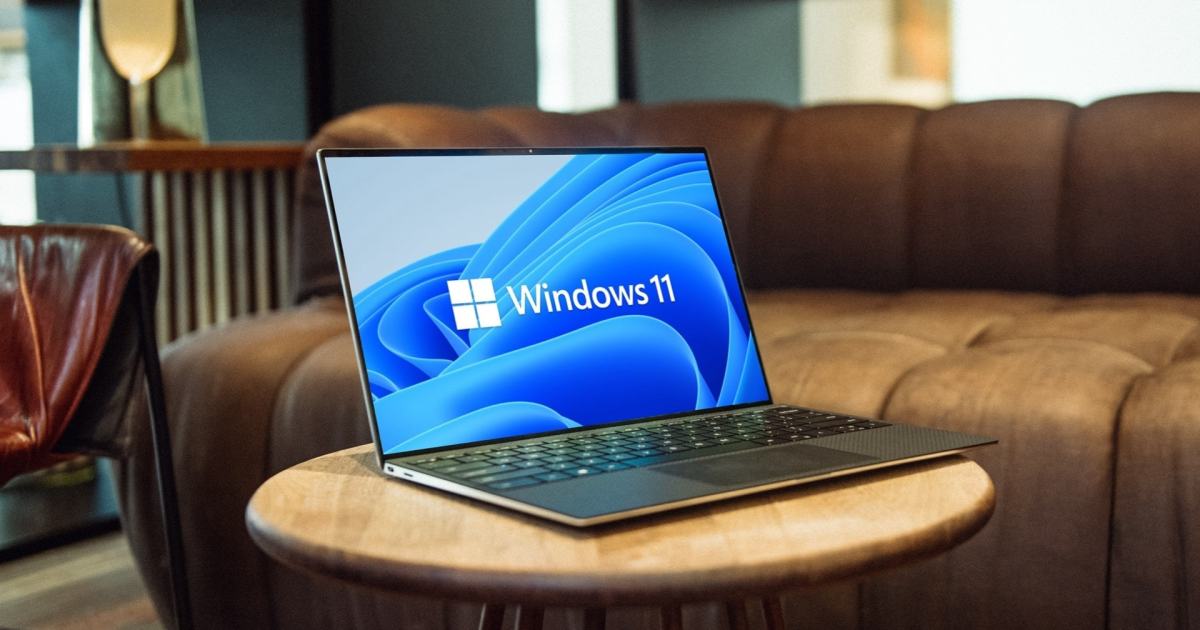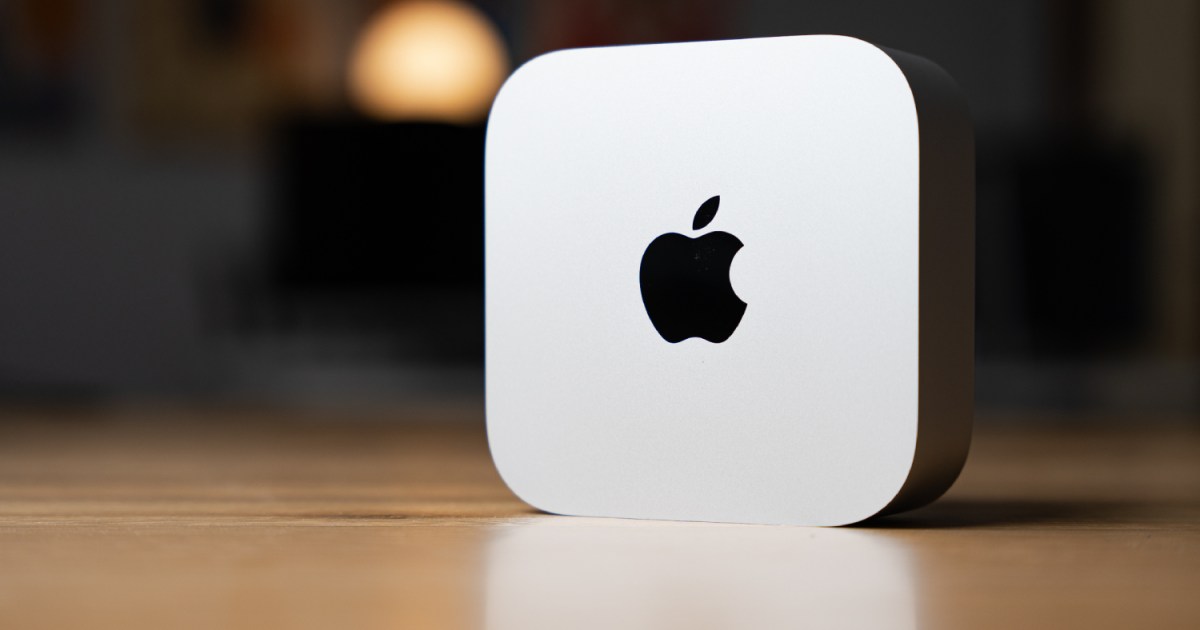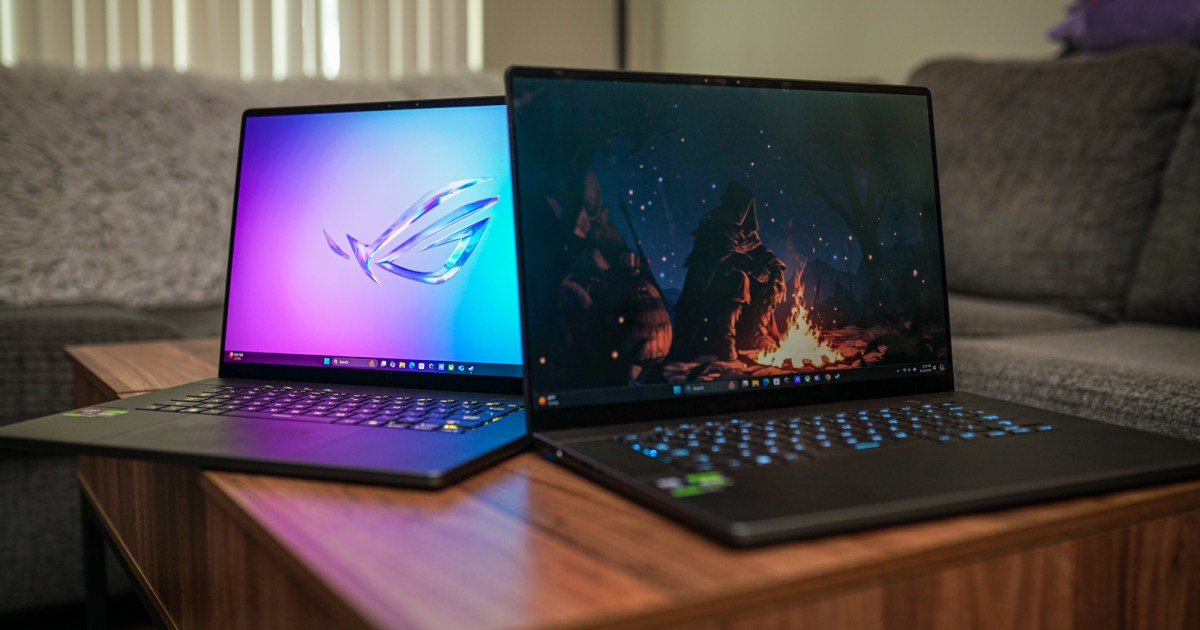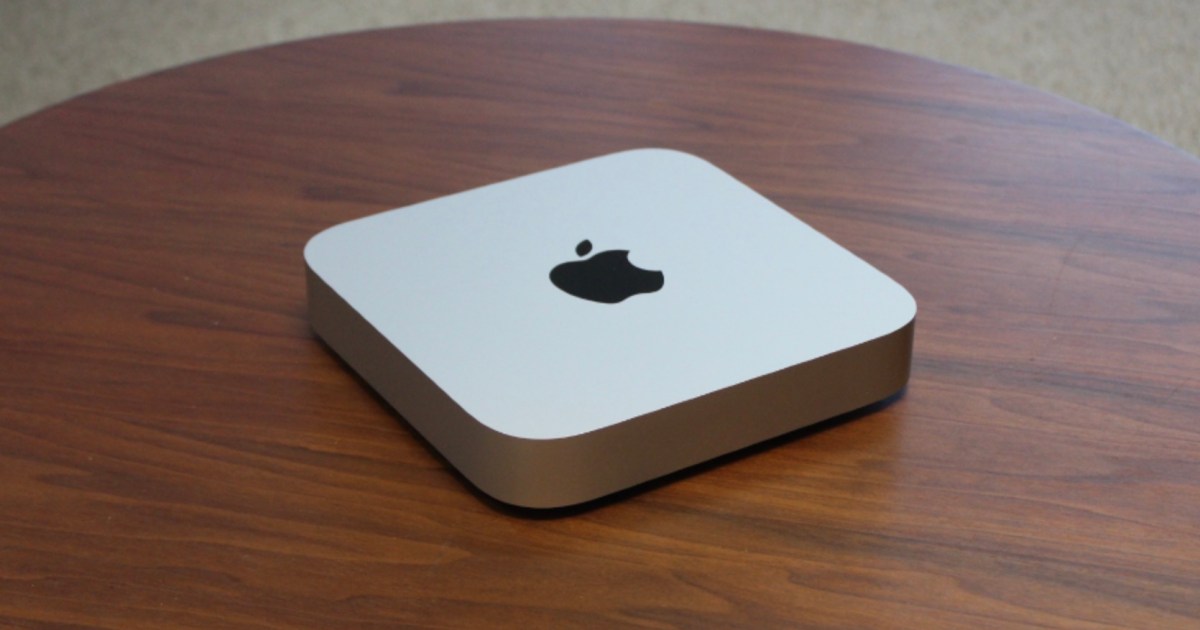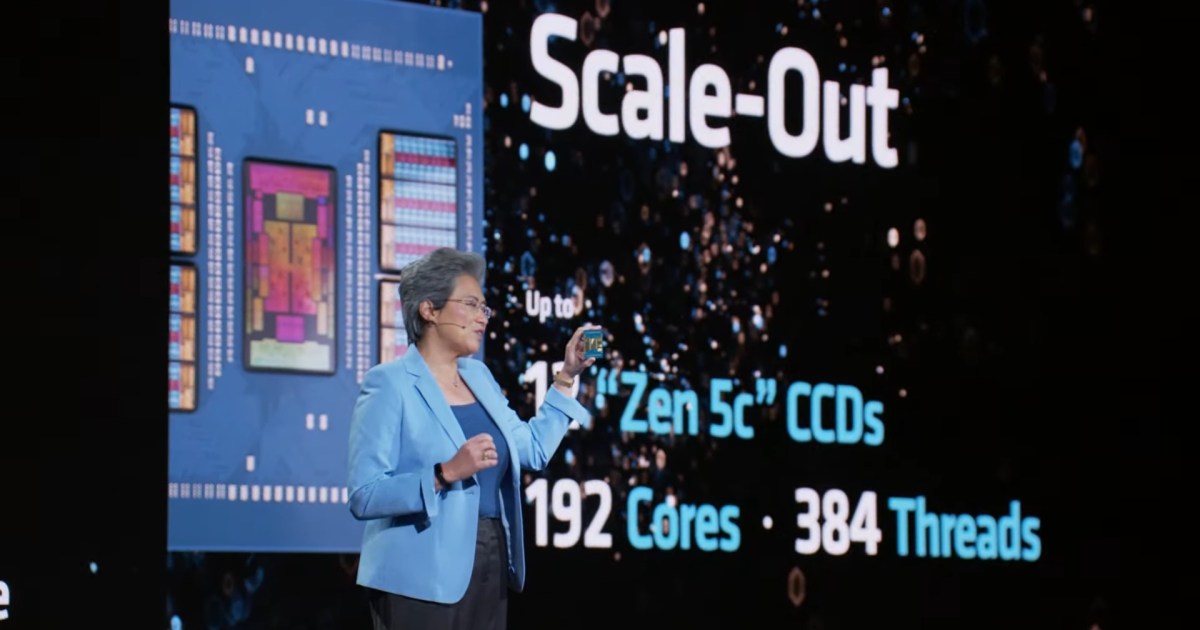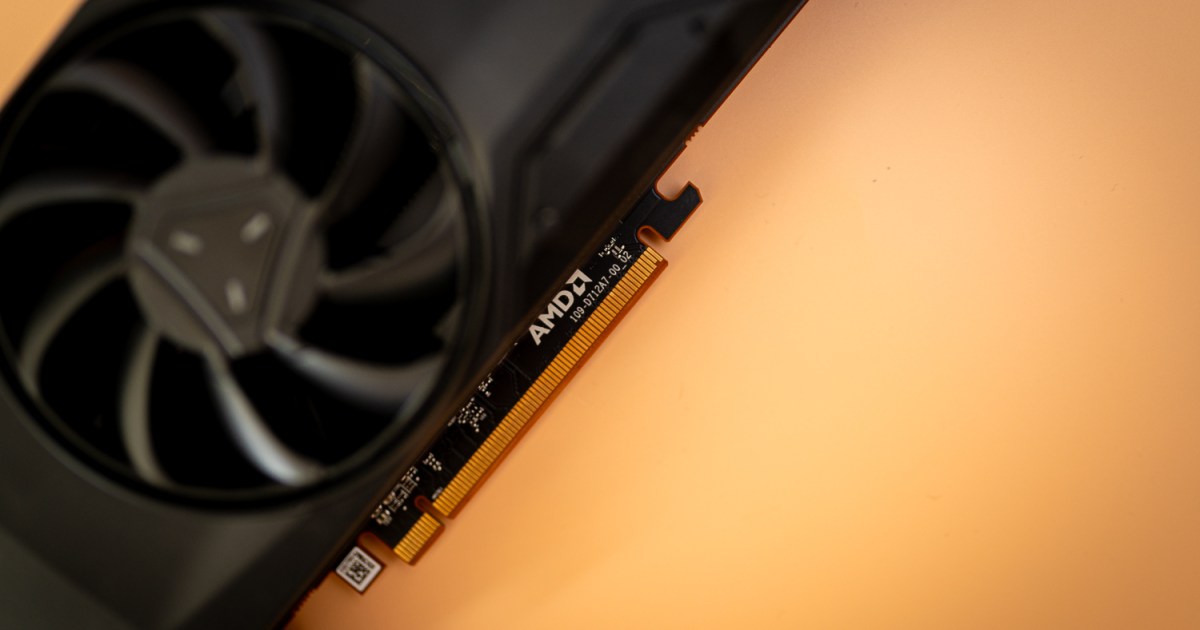Apple’s new M4 chips, particularly the M4 Pro found in the Mac mini and 16-inch MacBook Pro, are undeniably powerful. However, during extensive testing, a significant change in power management emerged that deserves closer examination: a substantial performance difference between power modes. For the first time, Apple has extended the Low Power, Automatic, and High Power modes, previously exclusive to the “Max” chips, to the “Pro” tier. The intriguing part is the dramatic performance drop observed in Low Power mode.
Power Modes and Performance: A Marked Difference
The following Cinebench R24 benchmark scores, obtained from the M4 Pro Mac mini, illustrate the performance variations across the three power modes:
| Power Mode | Cinebench R24 (Single-Core) | Cinebench R24 (Multi-Core) | Cinebench R24 (GPU) |
|---|---|---|---|
| Low Power | 154 | 765 | 6039 |
| Automatic | 166 | 1622 | 9222 |
| High Power | 178 | 1707 | 9294 |
While the single-core performance difference between Low Power and High Power modes (13% higher in High Power) is expected and consistent with previous generations, the multi-core performance reveals a striking disparity. The M4 Pro Mac mini achieves a 55% higher multi-core score in High Power mode compared to Low Power. This significant performance drop is also mirrored in the M4 Pro MacBook Pro.
Comparing Generations: M4 Pro vs. M3 Max
To provide context, the same Cinebench R24 test was conducted on the previous-generation M3 Max MacBook Pro. In this case, the High Power mode only delivered a 33% performance increase in multi-core compared to Low Power. Interestingly, while the M4 Pro boasts an 8% higher multi-core score in High Power mode than the M3 Max, the M3 Max actually outperforms the M4 Pro by 27% in Low Power mode.
 Someone using a MacBook Pro at a desk.
Someone using a MacBook Pro at a desk.
Analyzing the Shift: Efficiency and Battery Life
For most users, this performance shift won’t be noticeable, as Automatic mode is the default, and the performance scaling between Automatic and High Power remains unchanged. Furthermore, the M4 Max hasn’t been extensively tested yet, so it’s unclear whether this Low Power mode performance characteristic is specific to the M4 Pro or the “Pro” chips in general.
One potential explanation for this change is an optimization of the efficiency curve. To maintain a reasonable power budget in Low Power mode, Apple might have implemented stricter core clamping, explaining the pronounced impact on multi-core performance.
Looking Ahead: M4 Max and Battery Life Tests
Further testing with the M4 Max is needed to gain a comprehensive understanding of Apple’s power management strategy. Another key question revolves around battery life improvements in the M4-equipped MacBook Pro. Apple claims enhanced battery life compared to previous models, despite unchanged battery sizes. If the more restricted Low Power mode was utilized during battery life testing, it could contribute to the reported gains. While this might seem like manipulating benchmarks, it could ultimately benefit users if they’re aware of the reduced performance in Low Power mode when on battery power. Specifically, users should know they may experience less than half the performance of the M4 Pro in this scenario.



